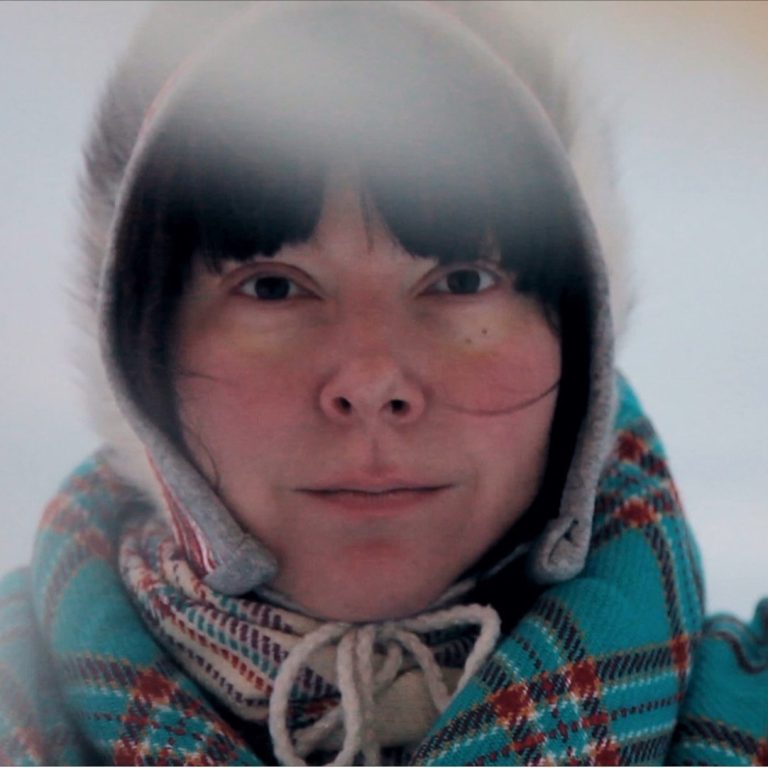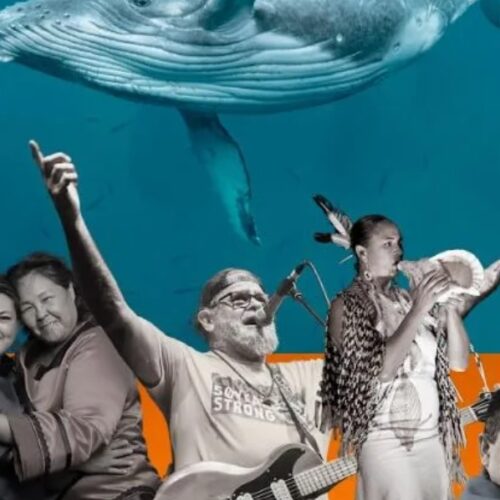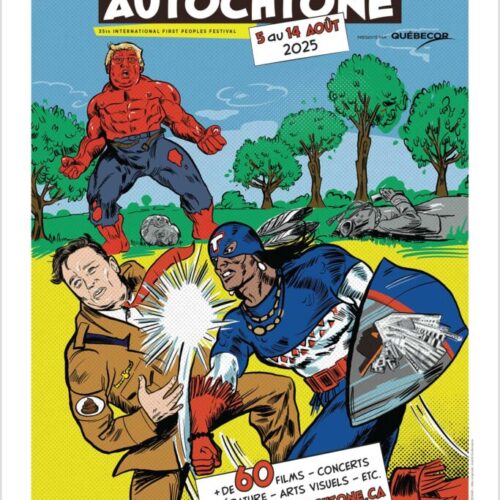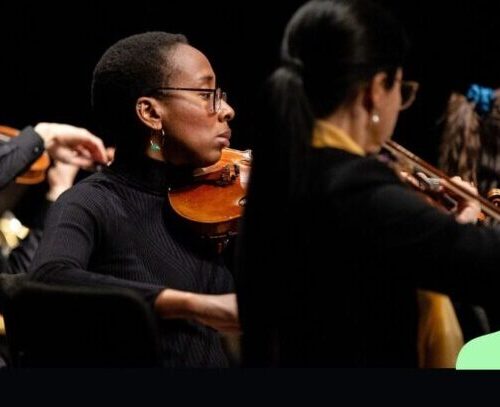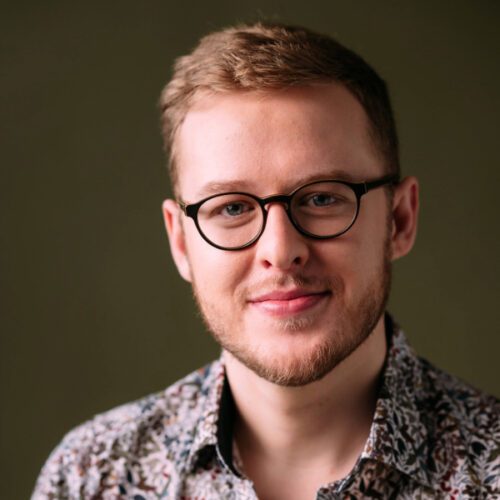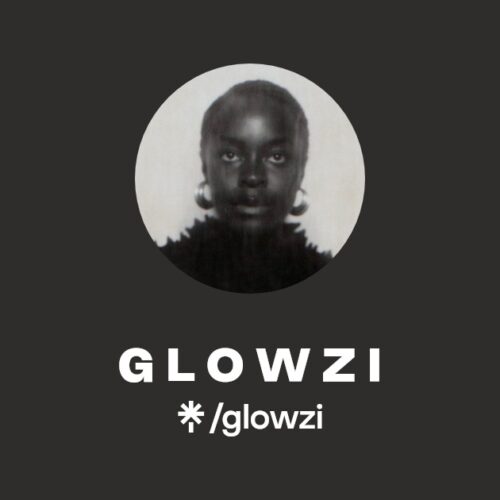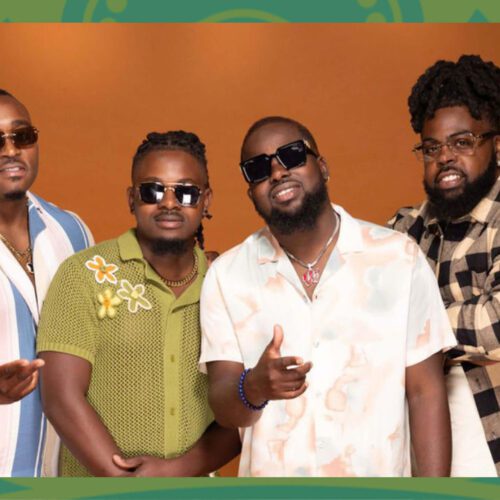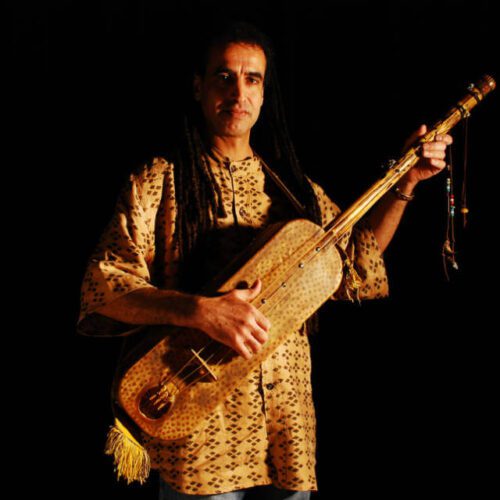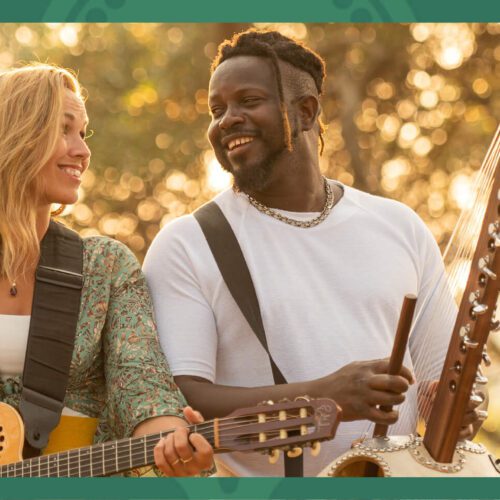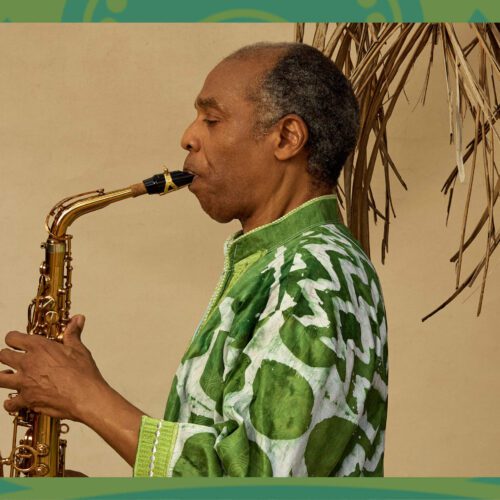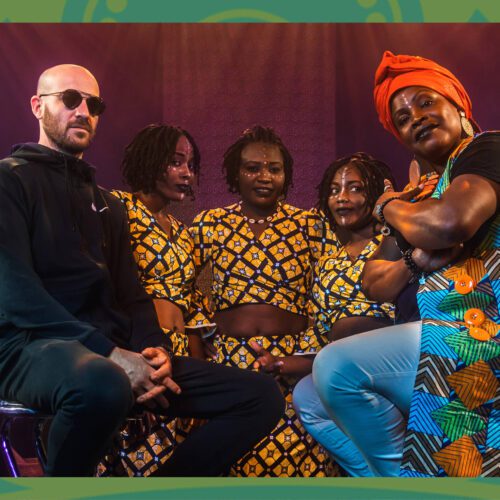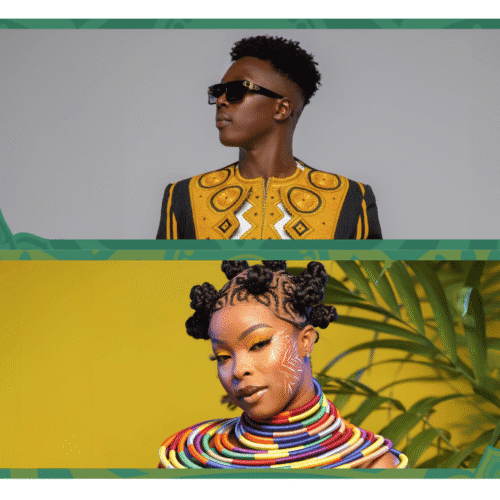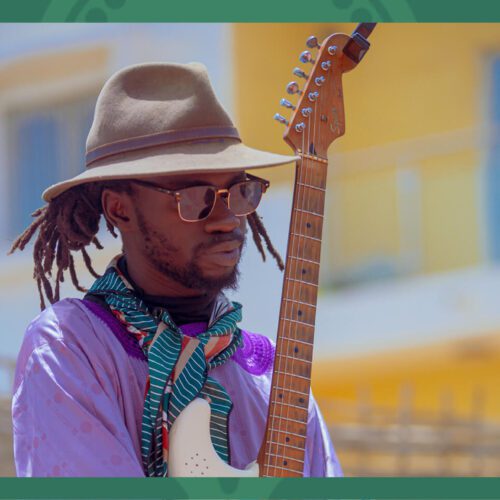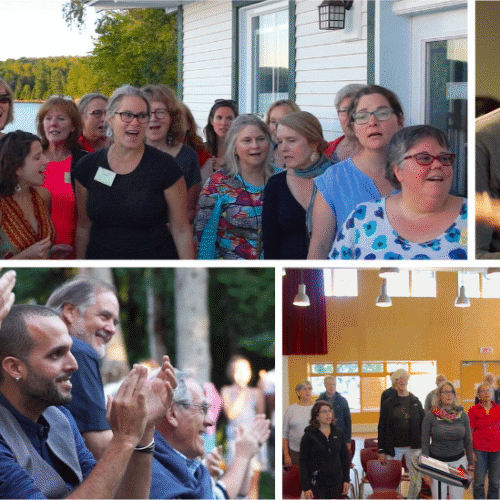Additional Information
After spending a number of years living in southern Finland, Anna Näkkäläjärvi-Länsman decided to settle up north, in Nuorgam, where the Sámi people live. Anna has Sámi heritage from her father’s side, she wanted to reconnect with this culture. With a strong background in musical studies–clarinet, among other things– at the Tampere Conservatory and at Sibelius Academy in Helsinki, Anna’s interests initially lay in folk music from the region of Karelia. Then it evolved to joik, the traditional singing of the Sámis, which encompasses both pragmatic and spiritual components. So this is how the Ánnámáret project was born.
Anna will be performing with other indigenous artists at La Sala Rossa, this Wednesday afternoon. And later that day, she’ll play at Église Saint-Enfant-Jésus du Mile-End, for a concert arranged by Centre des musiques du monde. Pan M 360 talked to Anna Näkkäläjärvi-Länsman last weekend, a few hours before her long flight to Montréal.
Pan M 360: Hello Anna, are you in Nuorgam? How is the weather there?
Anna Näkkäläjärvi-Länsman: Hi! We’ve had snow, but now we’re afraid it’ll melt. Hopefully, the cold will last, so the snow stays.
Pan M 360: Joik is one of the traditional forms of singing, in Sámi culture. I guess the only part of it that we, North Americans, can relate to is the throat-singing component, which we hear in Inuit music here. But joik is complex and comprised of many more elements. Can you give tell us a bit about it?
Anna N.-L.: It is music but also social communication. In the old days, joik was an extension of the language. Some things were easier to discuss by joiking. Nowadays, it is predominately used as music. Joiking describes animals or persons, who are then described in the melodies. It is a special way of functioning. So I could be joiking you. Joiks are closely connected to the land. For instance, they could describe the herding of reindeer in a particular area. The lyrics can also be improvised. It is complex because there is so much improvisation in it. You have to rely on the style too, within a specific aesthetic framework.
Pan M 360: Your musical partner is Ilkka Heinonen, a classically-trained musician who plays the jouhikko, a Finnish lyre. How did you start playing together?
Anna N.-L.: As a teenager, I started joiking, but then I decided to learn clarinet. I wanted to make a career playing in an orchestra. So I started studying music at the Tampere Conservatory, then I went to Sibelius Academy in Helsinki. Ilkka and I met in Tampere. I was interested in Finnish folk music, and so was he. So we started playing together and we went abroad. Then I felt interested in joiking again, so that was when Ilkka and I made our first experiments with the jouhikko; we I felt it would work well together. By the way, in Montréal we’re going to do some of the original joiks we did together twenty years ago! It’s funny because we were studying classical music very seriously, and we ended up doing something totally different.
Then we discussed how we would expand this, in order to make a full album, for arrangements and so on. So Ilkka talked to Turkka, who agreed to collaborate with us. It worked like a dream, really, because Turkka keeps his electronic elements intimate and simple, they don’t hinder the humanity and the organic aspect of the joiks and the jouhikko. Among other things, Turkka uses sounds that he recorded in the open air, in nature. He likes to experiment.
Pan M 360: The jouhikko has four strings and has to be played with a bow. I read somewhere it comes from Wales and is also used in Estonian music?
Anna N.-L.: Yes, it has three or four strings, it depends. We had the idea of using it when we were playing a folk song from Karelia, a region in Finland. While singing I thought I could also joik. It involved different vocal techniques. The melody was Karelian, but I was adding my thing to it. It somehow worked very well. The “Joik of the Bear” was among of the first ones we did together. I felt that my voice and the sound of the jouhikko made a good combination. Because the joik and the jouhikko are similar in that they don’t comprise big scales or chromatic elements. Only a few tones; we play with them and improvise.
Pan M 360: You’re singing in Sámi. Is it your mother tongue?
Anna N.-L.: I learned Sámi and Finnish both; my father is Sámi and my mother is Finnish. Multicultural families are quite common nowadays. So I’ve been speaking Sámi since I was a child. And while I was living in southern Finland, I tried to maintain and reinforce it as much as possible, given that I was far from any Sámi communities. Social media wasn’t very strong then. There was that Sámi magazine which I subscribed to.
Pan M 360: You will be taking part in Mundial Montréal Festival this Wednesday in the afternoon, but you’ll also do a concert programmed by Centre des musiques du monde later that day. Will the two performances be similar?
Anna N.-L.: No, the Mundial concert will be in a three-musician configuration, with Ilkka Heinonen on the jouhikko and Turkka Inkilä handling the electronics. And also my longtime friend Marja Viitahuh for the visuals. She’s using pictures that she’s taken up north, I hope it’ll make you travel! As for the Centre des musiques du monde concert, it’ll feature Ilkka and me as a duo, and there will also be solo parts. I’m planning on doing more traditional joiks, that evening.
Pan M 360: Nieguid duovdagat, which means “Dreamscapes,” is the name of the album you released last year. It certainly has an oniric or dreamy quality. It was very well-received, it earned you the Folk Album of the Year prize in Finland.
Anna N.-L.: Yes, and it was the first Sámi album to win that prize!
Pan M 360: Congratulations! Is there another one in the works?
Anna N.-L.: Oh yes, I’ve got many-many more joiks ready, we’re planning on recording the album next year. We’re going to perform one of those new joiks on Wednesday evening, as a matter of fact. Nieguid duovdagat was more about going back to our roots, looking to archives, searching for our ancestors, and wondering about the relationship between their lifestyle and ours. It’s a little bit like a crisis when you think about it. More like a dreamy world. But now my idea is to joik about things that are sacred in our lives, and have been for thousands of years. Like the land and the reindeer. About how things were before Christianity. What did people believe then, and how much of it do we still believe in today, in our ordinary lives? What makes the living Sámi culture?
Pan M 360: Well, thank you for this conversation, Anna, we’re really looking forward to hearing and seeing Ánnámáret on Wednesday!
Photo credit: Marja Viitahuh.
ÁNNÁMÁRET PLAYS LA SALA ROSSA THIS WEDNESDAY AT 3 P.M. FOR MUNDIAL MONTRÉAL (INFO AND TICKETS HERE), AND ÉGLISE SAINT-ENFANT-JÉSUS DU MILE-END FOR CENTRE DES MUSIQUES DU MONDE , ALSO ON WEDNESDAY AT 8 P.M (INFO AND TICKETS HERE).
